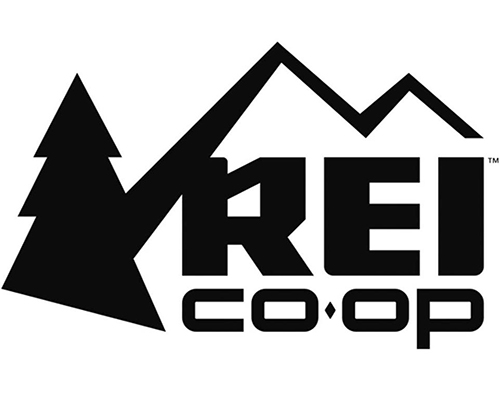

20 years ago, Colleen Moen was looking for a career change, and Starbucks Coffee Company hired her–not knowing she was five months pregnant. She says it was the first time she worked for a company that actually lived out the values they had written on the wall.
“Starbucks treated me like a human who mattered more than my work. Ever since then, what has sustained me in my career is finding organizations that align with my values.”

After Starbucks, she invested her Learning & Development career at some of Washington State’s leading companies, including Nordstrom and REI. Colleen recently connected with us through a women’s leadership circle, where we discovered our shared interest in supporting thriving teams. We wanted to shine a spotlight on Colleen and her best practices for building trust on teams throughout her career.
Four Ways to Build Trust on Teams
Structured groups foster team trust. In Colleen’s experience: “Sometimes, we hesitate to put structure in place, but it’s essential for building trust in safe environments.” She recommends focusing on four key elements: group size, norms, icebreakers and facilitation.
- Keep Teams Small.
Based on a cohort learning approach, Colleen suggests aiming for no more than 6-8 group members per team. “As a learning professional, I know that keeping teams small is best.” A group needs just enough members for diversity and to account for absentees, and if a team is too large it loses a sense of intimacy and connection. She also realizes the tension between theory and practice, recalling times she’s settled for groups of ten. But as a general rule, when it comes to team size, she’s found capping groups at 8 people produces the best results.
- Normalize Group Behaviors, for Safety.
Creating and agreeing to group norms helps participants safely collaborate. One of Colleen’s best practices involves allowing teams to create their own norms, guiding the process and providing examples when needed. She emphasizes norms as especially important for tough conversations predicated on trust, and frames up those conversations strategically: “Today, we’re going to discuss a difficult topic…and here are norms for how we’re going to behave together.” Suggested norms include listening, asking questions without making assumptions, not talking over each other, and raising hands to take turns speaking. Norms act as guardrails, helping ensure a safer environment for deeper conversations.
- Take Baby Steps Towards Trust: Use Icebreakers.
Team members feel safer taking vulnerable risks in small groups with established norms, and icebreakers allow them to share snippets of themselves, building trust with each share. As Colleen says, “We don’t want to try and force trust–because you can’t–but even simply asking ‘how are you feeling today?’ and staying fully present for the answer can go a long way towards building team trust.” By taking small risks in a safe environment each session, team trust grows over time.
- Train Facilitators–for Their Sake & the Team’s.

As a trained facilitator, Colleen values facilitation as a skill, not only because it contributes to small group trust, but because it doubles as a leadership development tool.
When she built and supported BIPOC mentoring at Nordstrom from the ground up, she ensured each cohort of 6-8 had two BIPOC leaders trained to guide their group. “We gave those leaders facilitation training, because that’s a huge skill: being able to hold space, ask questions, pull out a challenge, and feel comfortable asking ‘what are we NOT saying right now.’” A facilitator modeling and inviting vulnerability can unlock transparency for others in the group. Colleen uses verbiage like this: “I noticed you haven’t shared–would you like to share anything? It’s fine if not, I just wanted to make space for you.” A trained facilitator pulls the other key elements of group size, norms & icebreakers together, creating the ideal environment for maximizing team trust.
Vulnerability Scales Culture
With the right structure in place, facilitators invite teams into vulnerability and trust session by session. How can leaders scale that trust throughout an organization, transforming culture?
Ultimately, top-down vulnerability forms a company’s culture–leaders have to see transparency modeled at the very top. In Colleen’s experience, “That’s often the missing piece. You can offer the best program around culture, but if I leave my team and it’s not reinforced in the greater company environment, then it won’t stick.”
She suggests beginning with onboarding, especially with the move to hybrid work. “My own most recent onboarding experience was virtual, and a very difficult experience. But what if you had new hires in circles with an executive leader present from day one? If you can get leaders to open up with recruits, that changes the culture.”
In the end, everyone wants to work and lead in a trusting organizational culture where humans come first, like Colleen’s initial experience at Starbucks. Modern managers need innovative solutions to keep their hybrid teams connected. We’re working on it!
